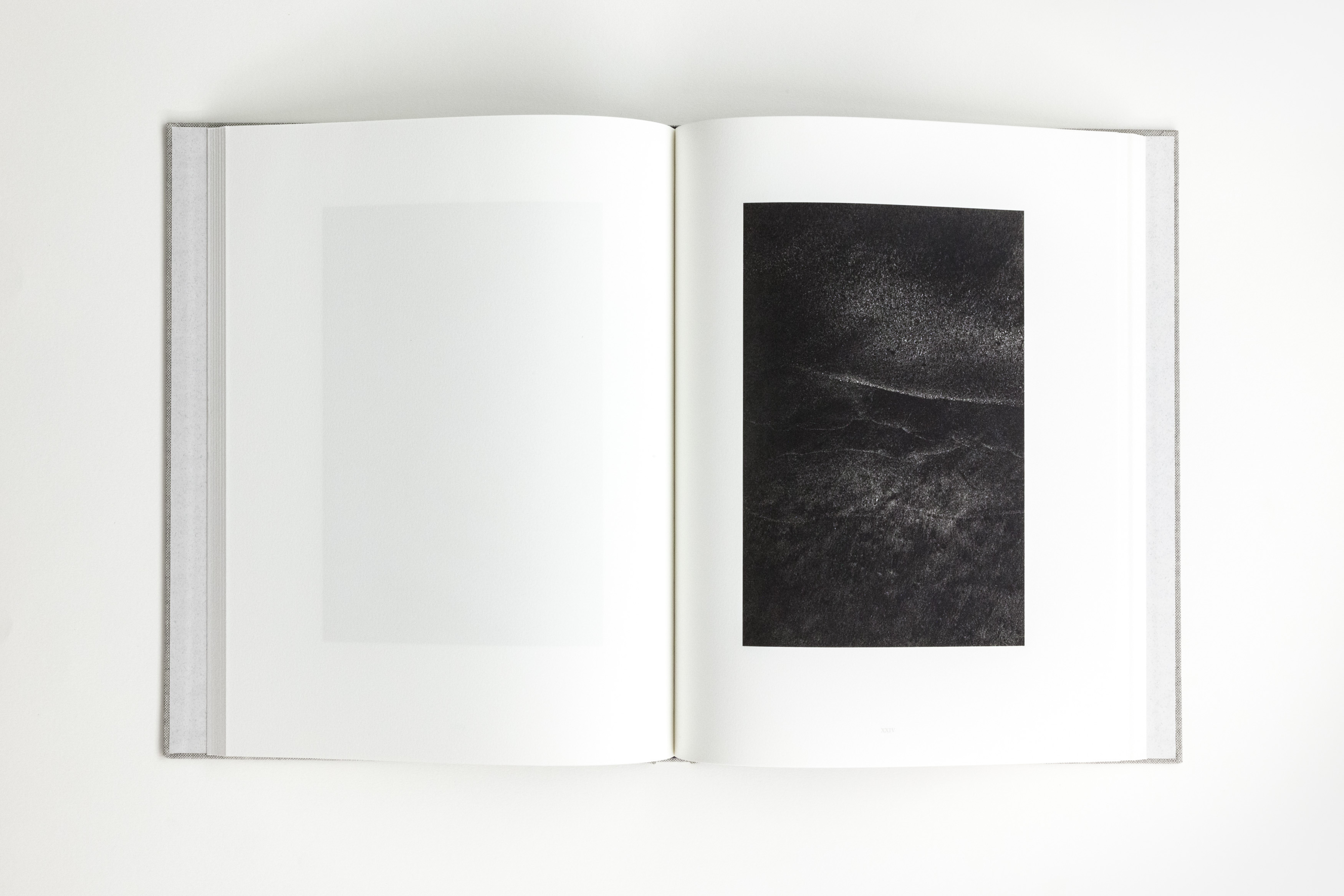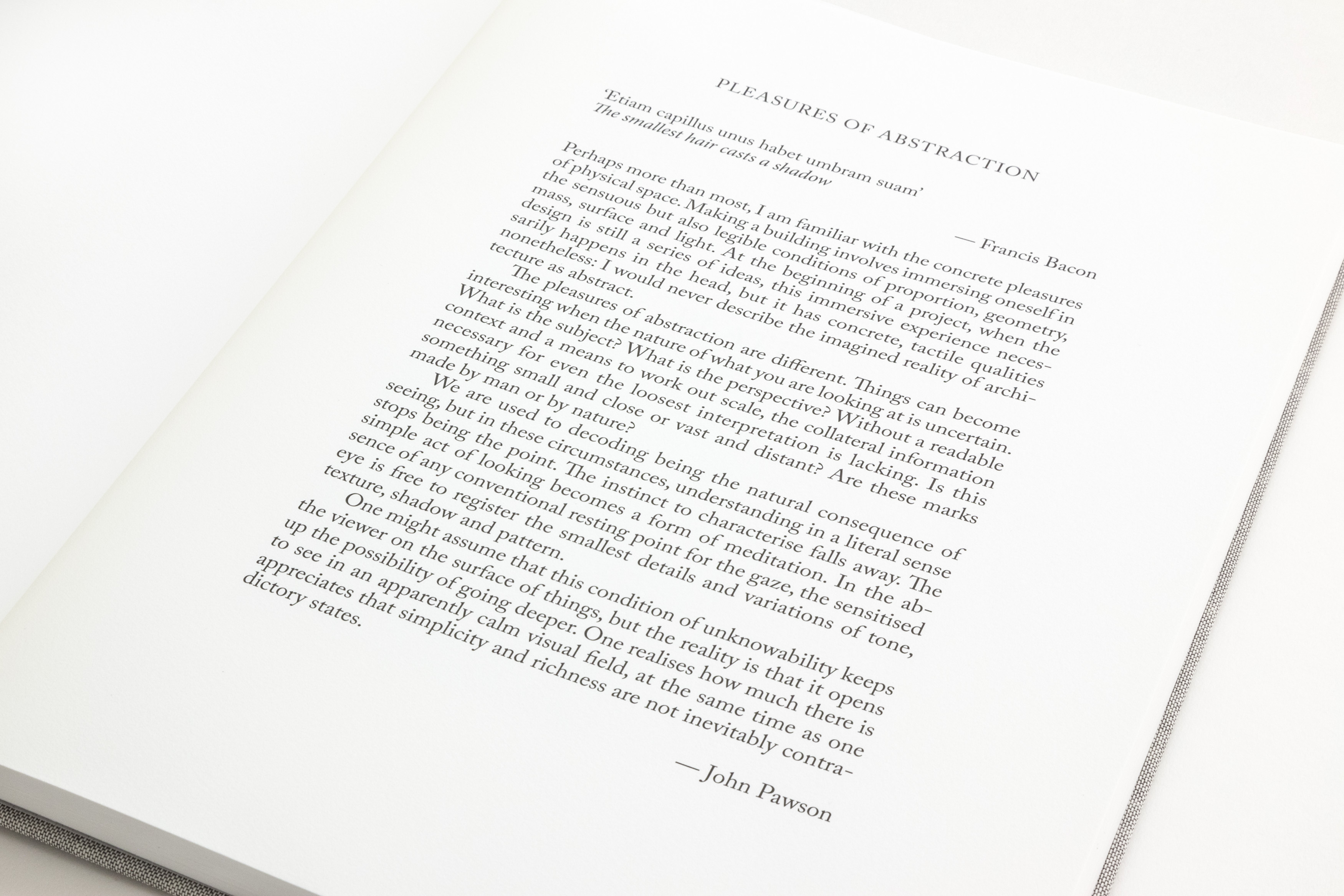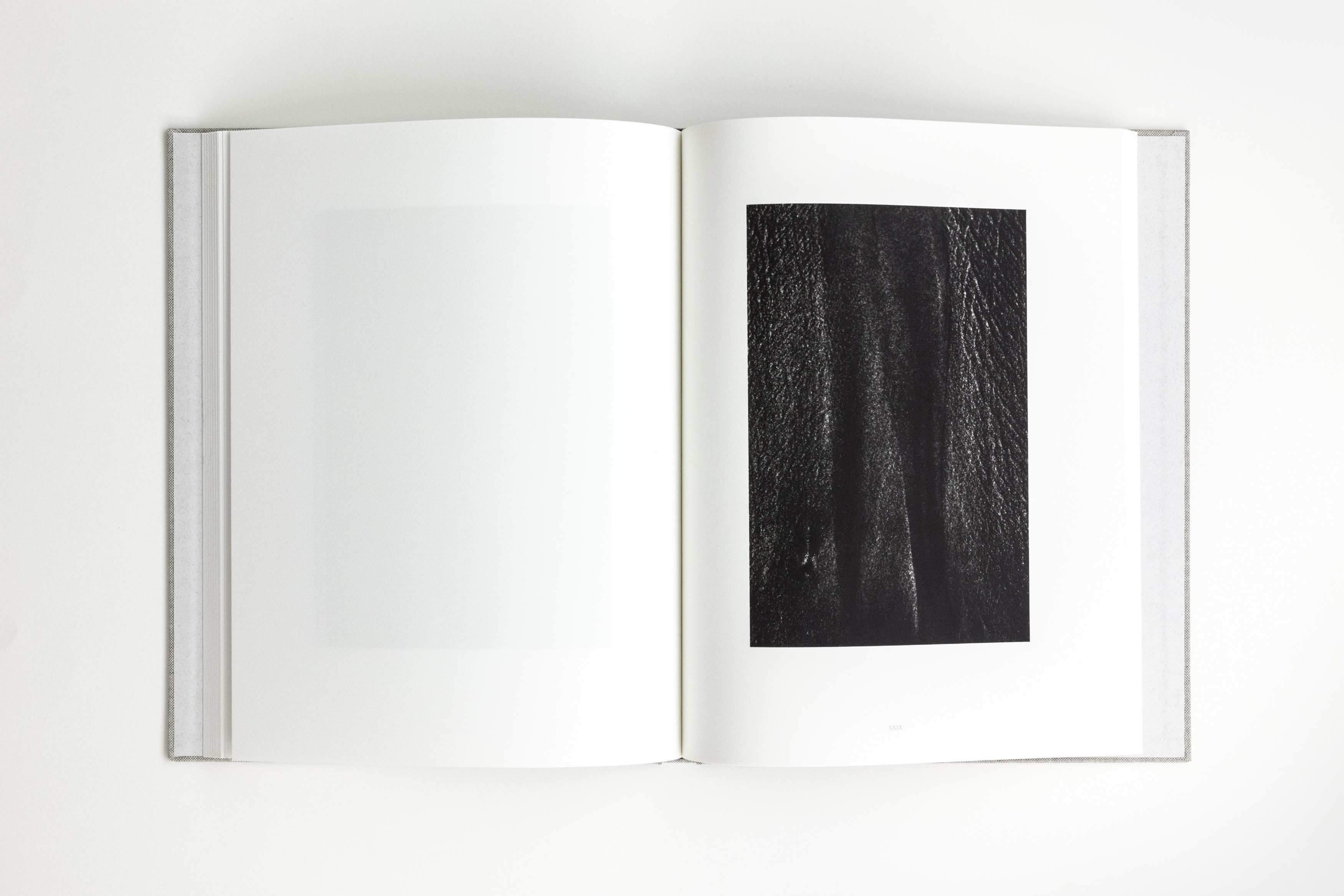




Untitled, by Bryan Adams
‘Etiam capillus unus habet umbram suam’
The smallest hair casts a shadow
— Francis Bacon
Perhaps more than most, I am familiar with the concrete pleasures of physical space. Making a building involves immersing oneself in the sensuous but also legible conditions of proportion, geometry, mass, surface and light. At the beginning of a project, when the design is still a series of ideas, this immersive experience necessarily happens in the head, but it has concrete, tactile qualities nonetheless: I would never describe the imagined reality of architecture as abstract.
The pleasures of abstraction are different. Things can become interesting when the nature of what you are looking at is uncertain. What is the subject? What is the perspective? Without a readable context and a means to work out scale, the collateral information necessary for even the loosest interpretation is lacking. Is this something small and close or vast and distant? Are these marks made by man or by nature?
We are used to decoding being the natural consequence of seeing, but in these circumstances, understanding in a literal sense stops being the point. The instinct to characterise falls away. The simple act of looking becomes a form of meditation. In the absence of any conventional resting point for the gaze, the sensitised eye is free to register the smallest details and variations of tone, texture, shadow and pattern.
One might assume that this condition of unknowability keeps the viewer on the surface of things, but the reality is that it opens up the possibility of going deeper. One realises how much there is to see in an apparently calm visual field, at the same time as one appreciates that simplicity and richness are not inevitably contradictory states.
— John Pawson



Photography
Max Gleeson